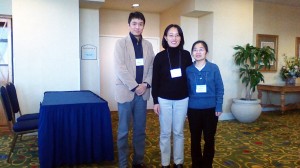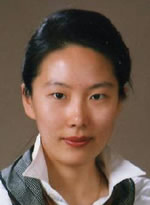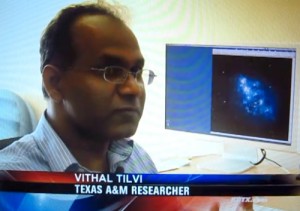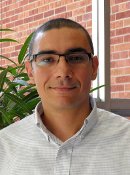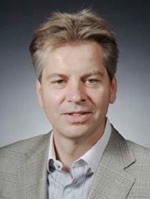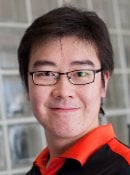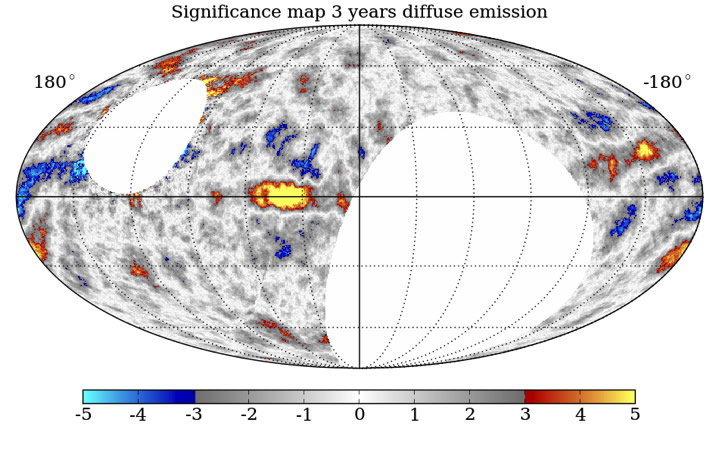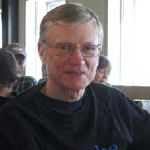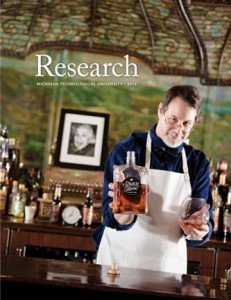
Jennifer Donovan teaches the workshop “Writing for a Non-Technical Audience” at Kasetsart University in Thailand. She uses examples from Michigan Tech, such as the news site, Michigan Tech Magazine, and Michigan Tech Research Magazine. Donovan writes:
I pass around copies of both magazines. Professor Bob Nemiroff on the cover of the Michigan Tech Research magazineThe 2013 research magazine cover–showing Physics Professor Bob Nemiroff in a bar, holding up a cognac bottle labeled “space time” and a brandy snifter–particularly intrigues them. “It’s about astrophysics,” I say. ”Professor Nemiroff is an astrophysicist who has done research showing that space time is smooth like cognac rather than frothy and bubbly like beer (the popularly held belief). You see, that’s how to make hard science interesting. Who could resist reading that story?”
Read more at Tech Goes to Thailand: The Write Way by Jennifer Donovan.
